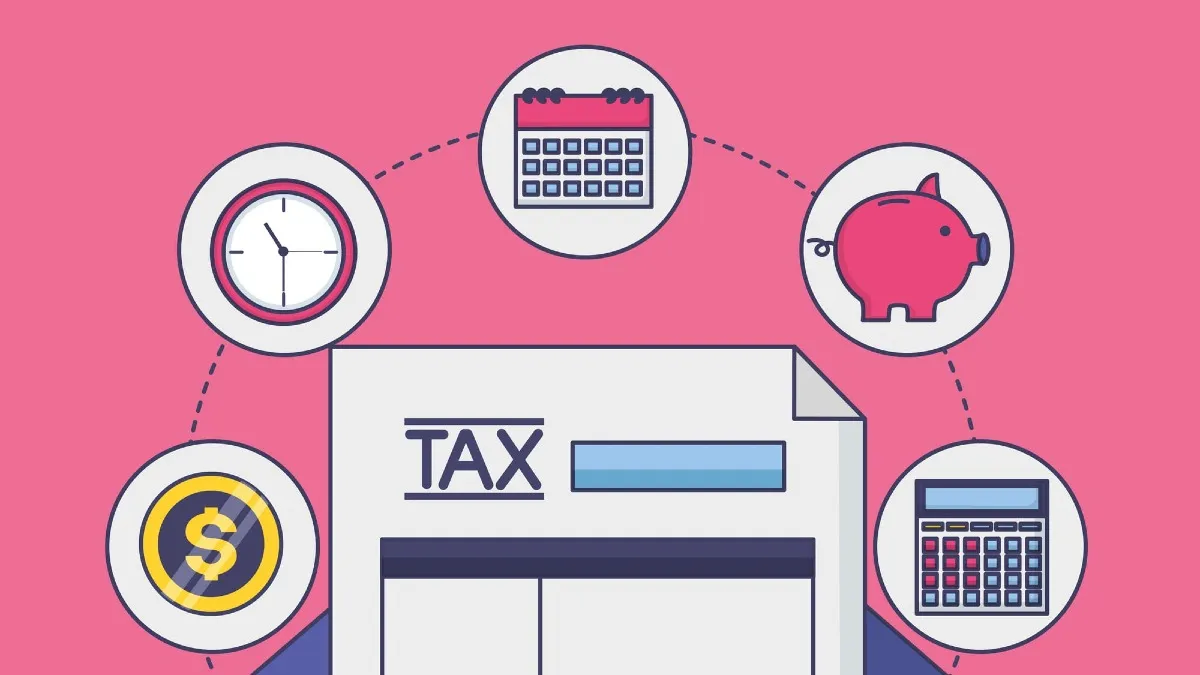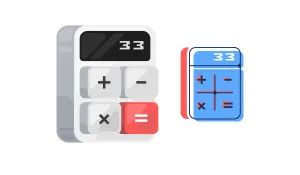When "tax season" arrives, the government doesn't treat all money equally.
To the IRS, there are two completely different types of money, and they are taxed in two completely different ways. Understanding this difference is one of the most important parts of being a smart investor.
The two types are:
- Ordinary Income: This is the money you earn from working.
- Capital Gains: This is the money you make from your investments.
Let's use a simple analogy.
The "Two Jobs" Analogy
Imagine you have two jobs.
Job #1: Your Day Job (Ordinary Income)
You work 40 hours a week as a graphic designer. Your company pays you a $60,000 salary. This is Ordinary Income.
This category also includes:
- Wages, tips, and bonuses.
- Interest you earn from your bank's savings account.
- Money you make from a side hustle, like driving for Uber.
This is all "active" money you earned. The government taxes this money using the standard "tax brackets" you're used to.
Job #2: Your "Investing" Job (Capital Gains)
Last year, you bought a vintage comic book for $1,000. This year, you sold it to another collector for $5,000.
You didn't "work" for that money. Your asset (the comic book) did the work by becoming more valuable. The $4,000 profit you made is a Capital Gain.
This is what happens when you sell an investment—like a stock, a bond, a house, or a share of an ETF—for more than you paid for it.
The Most Important Rule: Short-Term vs. Long-Term
Here is the part that every beginner must know. The IRS treats your Capital Gains in two very different ways, based on one simple question:
How long did you hold the asset before you sold it?
1. Short-Term Capital Gains (This is "Bad")
- What it is: A profit you made on an investment you held for one year or less.
- How it's Taxed: The IRS treats this profit just like your paycheck. It is added to your Ordinary Income and taxed at your high, normal tax bracket.
- Example: You buy Tesla stock in March and sell it for a profit in November of the same year. You held it for 8 months. That profit is a short-term gain.
The government does this to discourage rapid, speculative "day trading."
2. Long-Term Capital Gains (This is "Good")
- What it is: A profit you made on an investment you held for more than one year.
- How it's Taxed: This profit gets special treatment. It is taxed at much lower "Long-Term Capital Gains" rates.
- Example: You buy Apple stock in March 2024 and sell it for a profit in June 2025. You held it for 15 months. That profit is a long-term gain.
These special tax rates are a huge benefit. For most people, the long-term capital gains rate is 15%. For some lower-income individuals, it can even be 0%.
Compare that to your Ordinary Income tax bracket, which could be 22%, 24%, or higher.
Head-to-Head: The Simple Breakdown
| Feature | Ordinary Income | Short-Term Capital Gain | Long-Term Capital Gain |
| How You Get It | Your paycheck, salary, or bank interest | Profit from selling an asset | Profit from selling an asset |
| How Long You Held | N/A | One year or less | More than one year |
| Tax Treatment | Taxed at your high, normal bracket | Taxed at your high, normal bracket | Taxed at special, lower rates |
| Investor "Goal" | N/A | Avoid this if possible | This is the goal! |
Why This Rule Is Everything
This single tax rule is the foundation of the most popular and successful investing strategy: "buy and hold."
The government is literally giving you a tax break for being patient.
When you buy a good, diversified investment like an S&P 500 index fund, this rule encourages you to not panic-sell it when the market gets choppy. It rewards you for thinking in terms of years (or decades), not months.
If you can hold your investments for at least one year and one day before selling, you will pay a significantly lower tax rate on your profits. That's the simplest and most powerful tax strategy an investor can learn.






